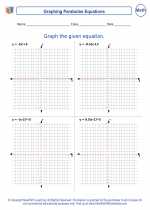Network Diagrams
Network diagrams are visual representations of a project's schedule showing the sequence and dependencies of various activities. They are commonly used in project management to plan, execute, and track the progress of a project. There are two main types of network diagrams: the arrow diagram method (ADM) and the precedence diagram method (PDM).
Arrow Diagram Method (ADM)
In ADM, activities are represented by arrows, and nodes or circles represent the starting and ending points of the activities. The arrows indicate the relationships and dependencies between the activities. The lengths of the arrows do not necessarily represent the duration of the activities, but the sequence and dependencies are clearly shown.
Precedence Diagram Method (PDM)
PDM uses nodes to represent activities and connectors to show the relationships and dependencies between the activities. There are four types of dependencies in PDM: finish-to-start (FS), start-to-start (SS), finish-to-finish (FF), and start-to-finish (SF). These dependencies help in understanding the sequence and constraints of the activities.
Study Guide for Network Diagrams
When studying network diagrams, it's important to understand the following key concepts:
- Activity Sequencing: Learn how to sequence and arrange the activities in the correct order to ensure a smooth flow of the project.
- Dependencies: Understand the types of dependencies such as finish-to-start, start-to-start, finish-to-finish, and start-to-finish, and how they impact the project schedule.
- Critical Path: Identify the critical path, which is the longest sequence of activities that determines the shortest possible duration of the project.
- Float/Slack: Learn about float or slack, which represents the amount of time an activity can be delayed without affecting the project's overall schedule.
- Network Diagram Types: Differentiate between ADM and PDM and understand when to use each type based on the project requirements.
Understanding these concepts will help you create and interpret network diagrams effectively in project management.
.◂Math Worksheets and Study Guides Seventh Grade. Nonlinear Functions and Set Theory

 Worksheet/Answer key
Worksheet/Answer key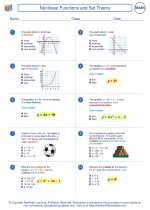
 Worksheet/Answer key
Worksheet/Answer key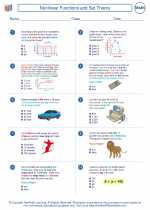
 Worksheet/Answer key
Worksheet/Answer key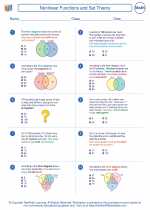
 Worksheet/Answer key
Worksheet/Answer key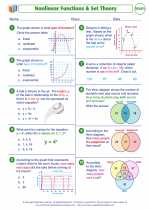
 Worksheet/Answer key
Worksheet/Answer key